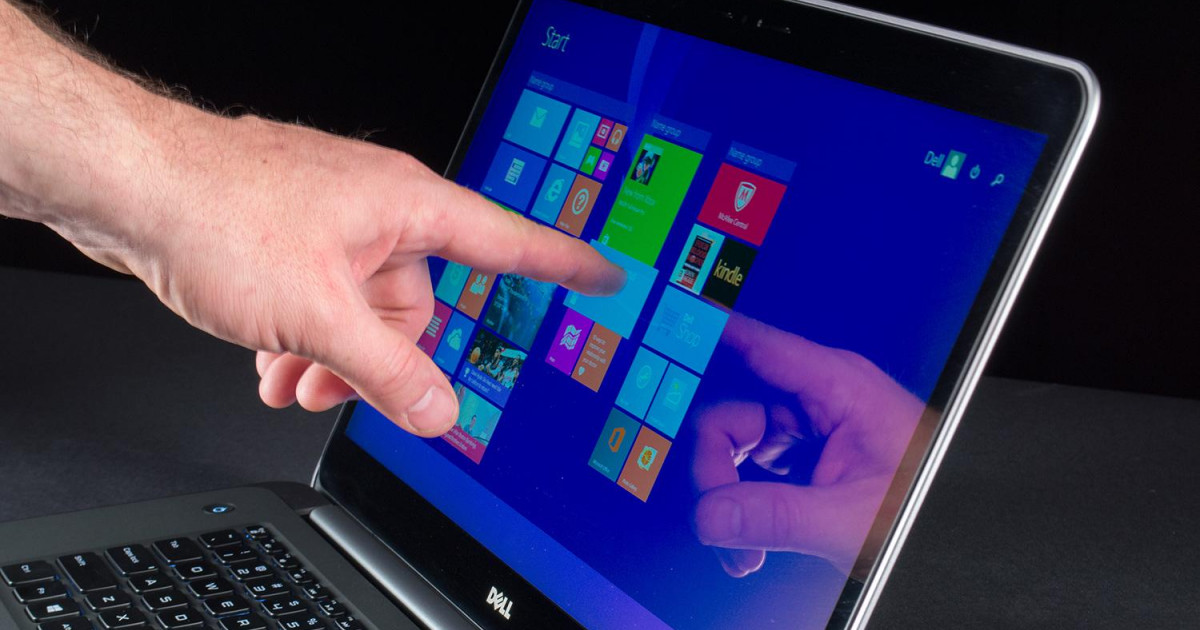
The whole world is becoming more and more dependent on the use of touch screens. From smartphones to tablets to touch screens computers, everyone is more accustomed and comfortable with using Touch Screens. Whether it be for personal use or when using a Touch Screen is a public setting you want to make sure you have the right type of Touch Screen. But what exactly is the best type of Touch Screen? Touch technology used in commercial applications come in two varieties. The first is Infrared and the second is Projected Capacitive, more commonly referred to as PCAP. The two have their own distinct features and aesthetic.
PCAP the newer of the two touch technologies and is used within modern smartphones and tablets today. PCAP excels as a Touch Screen solution due to its high levels of precision and its quick response times.No protruding bezel is required with a PCAP Touch Screen. That is why many of the devices that use this technology have such a striking look. With edge to edge glass they have a seamless aesthetic that will appeal to many people. How it works is with a sensor grid that is fixed between a top layer of glass and the LCD panel. Thomas Fraser-Bacon from Allsee Technologies Ltd said “When an object makes contact with the glass, say for instance a finger, the sensor grid is able to accurately detect where this is and register a touch.”PCAP does however come at a cost though with the average cost being up to 60% more expensive than an Infrared Touch Screen of the same size. One slight disadvantage that PCAP has is that it has trouble scaling to sizes over 55”. Unlike Infrared however, PCAP can also scale downwards easier so for example if you wanted a smaller POS sized Touch Screen then a PCAP Touch Screen would be perfect.
Before PCAP came around, any commercial Touch Screen would have been an Infrared Touch Screen. Infrared has been the industry standard for touch technology and in some ways it shows. For example unlike PCAP, Infrared cannot be used with edge to edge glass and does feature a protruding bezel. While this seems to only affect the visual appearance of the display it is important to note nevertheless. The reason for the protruding bezel comes down to how Infrared actually works. LED lights and sensors are fixed into the bezel above the layer of glass. The LED lights beam a signal across the screen to a sensor on the other side. This forms an invisible grid above the glass. When a solid object such as a finger goes to touch the glass, it breaks the grid formed by LED’s and a touch is registered. No physical contact is needed so over time less wear and tear will happen with the screen compared to PCAP. Infrared can also scale to very large sizes without losing quality. Infrared touch technology can be integrated into many different all in one Touch Screens from Wall Mounted displays, to kiosks to whiteboards.








